Blue-Tongue Lizard
- January 4, 2024
- 0 comment
The Blue-tongue Lizard, scientifically known as Tiliqua, is a captivating reptile that graces the diverse landscapes of Australia, New Guinea, and parts of Indonesia. Ranging in size from 30 to 60 centimeters and weighing between 300 to 600 grams, these lizards showcase a remarkable diversity of colors, from earthy browns to grays and olives, adorned with distinctive patterns. However, what truly sets them apart is their iconic blue tongue, an awe-inspiring feature used both for communication and as a striking defense mechanism.
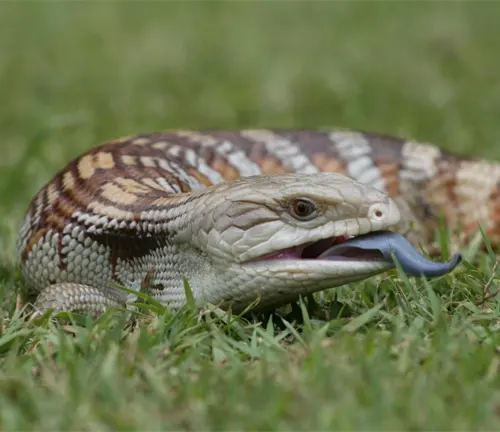
These reptiles thrive in various ecosystems, including grasslands and woodlands, showcasing their adaptability to different environments. Their omnivorous diet, which includes insects, fruits, flowers, and small animals, contributes to their role in maintaining ecological balance. Blue-tongue Lizards are known for their large, overlapping scales, giving them a robust appearance that adds to their unique charm.
Beyond their physical attributes, these lizards exhibit intriguing behaviors. Nocturnal by nature, they may display solitary or communal tendencies and showcase territorial instincts. Despite their defensive display, Blue-tongue Lizards are generally docile, making them a favorite among reptile enthusiasts.
Reproduction in Blue-tongue Lizards is viviparous, meaning they give birth to live young. With an average lifespan of up to 20 years in captivity, these creatures play an essential role in their ecosystems. While some species face conservation concerns, others are currently of least concern, emphasizing the need for continued awareness and conservation efforts.
| Characteristic | Description |
|---|---|
| Scientific Name | Tiliqua |
| Size | Varies; typically between 30 to 60 centimeters |
| Weight | Ranges from 300 to 600 grams |
| Color | Diverse; brown, grey, or olive with distinctive patterns |
| Distinct Feature | Prominent blue tongue, used for defensive display |
| Scales | Large, overlapping scales with a robust appearance |
| Habitat | Diverse ecosystems including grasslands and woodlands |
| Geographic Range | Australia, New Guinea, and parts of Indonesia |
| Diet | Omnivorous; eats insects, fruits, flowers, and small animals |
| Lifespan | Up to 20 years in captivity |
| Reproduction | Viviparous; gives birth to live young |
| Behavior | Nocturnal, solitary or communal, territorial |
| Interaction with Humans | Generally docile; may display defensive behavior |
| Conservation Status | Varies by species; some are of least concern, others face threats |
| Popularity as Pets | Increasingly popular among reptile enthusiasts |
Exploring the Wonders of a Unique Reptile

Blue-tongue lizards, often found in diverse ecosystems, are fascinating creatures that captivate both reptile enthusiasts and curious onlookers. In this article, we’ll delve into their distinctive physical characteristics, habitat preferences, feeding habits, and much more. Understanding these remarkable reptiles is not just a matter of curiosity; it plays a vital role in their conservation and our ecological awareness.
Physical Characteristics
Blue-tongue lizards are easily recognizable due to their unique blue tongue, a feature that sets them apart in the reptile world. With variations in size, shape, and color patterns, these lizards boast distinctive scales that contribute to their overall allure.
Habitat and Distribution
While they exhibit adaptability to various environments, blue-tongue lizards have specific natural habitats and geographic distributions. Examining their preferences sheds light on their role in maintaining ecological balance.
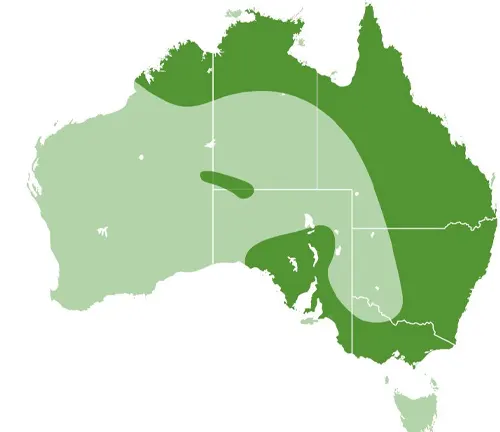

Diet and Feeding Habits
Being omnivores, blue-tongue lizards have a diverse diet, comprising both plant matter and small prey. Understanding their feeding behaviors and patterns provides insights into their role in pest control.
Reproduction and Life Cycle
From intricate mating rituals to the early stages of life, the reproductive journey of blue-tongue lizards unveils the complexity and beauty of their life cycle.
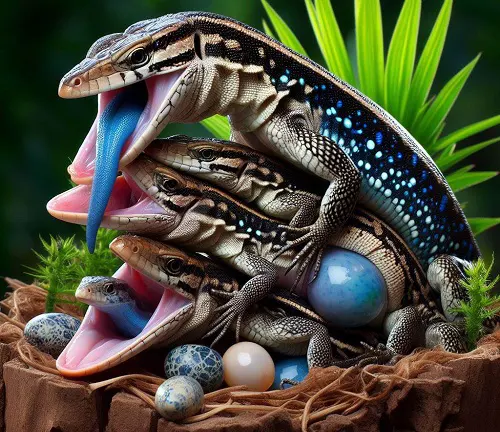
Behavior and Social Structure
Exploring whether these reptiles exhibit solitary or communal behavior, their territorial instincts, and their interactions with other animals and humans adds a layer of understanding to their intriguing behavior.
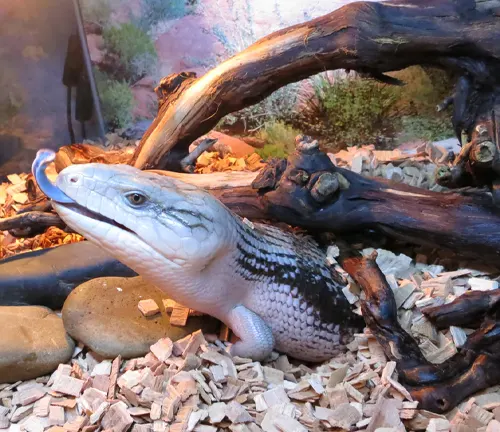
Blue-tongue Lizards as Pets
Increasingly popular among reptile enthusiasts, keeping blue-tongue lizards as pets comes with specific care requirements and legal considerations. This section guides potential pet owners on the responsibilities involved.
Threats and Conservation
Examining natural predators and human-induced threats, along with ongoing conservation efforts, emphasizes the importance of safeguarding these unique creatures.
Blue-tongue Lizards in Popular Culture
Beyond their ecological significance, blue-tongue lizards have left their mark on folklore, mythology, literature, and media. Unraveling their symbolic presence in various cultural narratives adds a touch of mystique to their image.
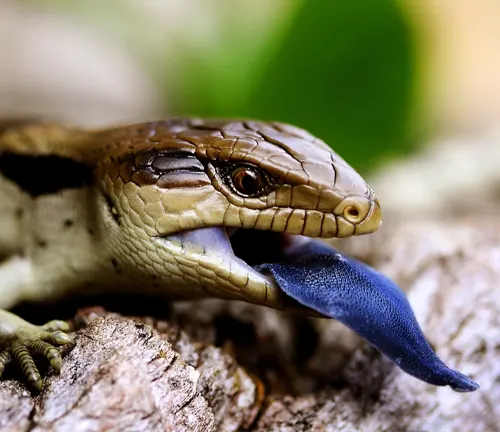
Benefits of Blue-tongue Lizards
Beyond their aesthetic appeal, blue-tongue lizards contribute to pest control, and ecological balance, and serve as valuable educational tools.
Common Misconceptions
Addressing prevalent myths and superstitions about blue-tongue lizards helps dispel misunderstandings surrounding these fascinating reptiles.
Tips for Spotting Blue-tongue Lizards
Equipping readers with the knowledge to identify habitats, recognize physical features, and observe behavior enhances the chances of encountering these captivating creatures in the wild.
Challenges in Blue-tongue Lizard Conservation
As urbanization and climate change pose threats, creating public awareness becomes crucial for the conservation of blue-tongue lizards.
Different Species
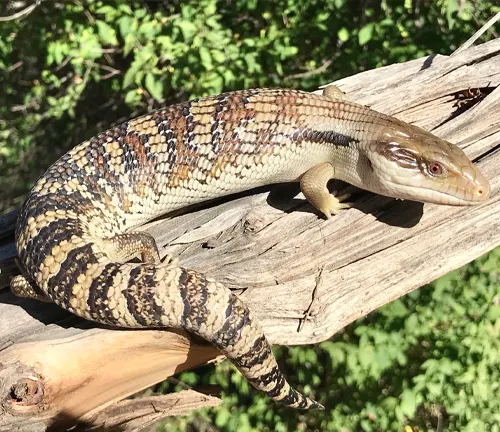
Eastern Blue-tongue Lizard
(Tiliqua scincoides scincoides)
Found in eastern Australia, they are the most widespread and commonly encountered species.
Northern Blue-tongue Lizard
(Tiliqua scincoides intermedia)
Inhabiting the northern regions of Australia, this species is known for its distinct coloration and patterns.
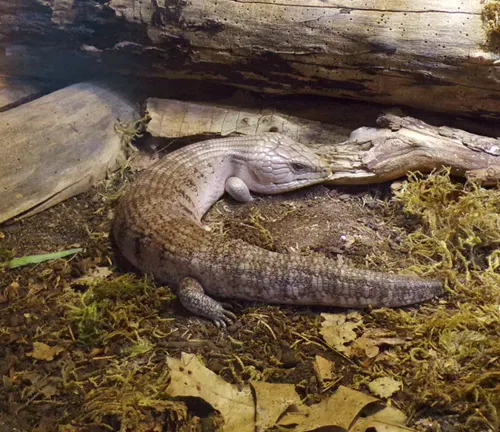
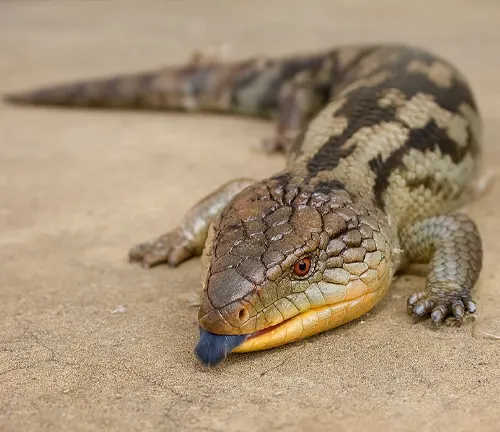
Western Blue-tongue Lizard
(Tiliqua occipitalis)
Native to Western Australia, they are characterized by their striking coloration and patterns on the head.
Centralian Blue-tongue Lizard
(Tiliqua multifasciata)
Inhabiting arid regions, particularly in central Australia, these lizards are adapted to harsh desert environments.

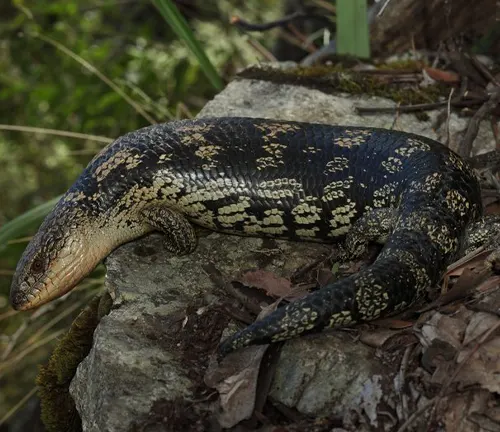
Blotched Blue-tongue Lizard
(Tiliqua nigrolutea)
Found in parts of Tasmania and Victoria, this species has distinctive blotches on its back.
Shingleback Blue-tongue Lizard
(Tiliqua rugosa)
Also known as the Two-headed Skink, it’s recognized for its short tail and thick, shingle-like scales. Found in southern and western Australia.


Western Blue-tongue Skink
(Tiliqua occipitalis)
Endemic to Western Australia, these skinks exhibit vibrant coloration and patterns.
Central Blue-tongue Lizard
(Tiliqua multifasciata)
Inhabiting the central regions of Australia, this species is well-adapted to a variety of environments.
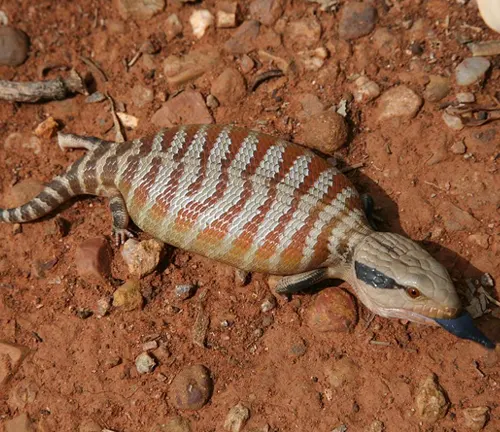

Indonesian Blue-tongue Lizard
(Tiliqua gigas)
Found in parts of Indonesia, including the island of New Guinea, they are the largest of the Blue-tongue Lizards.
Tanimbar Blue-tongue Lizard
(Tiliqua scincoides chimaerea)
Native to the Tanimbar Islands in Indonesia, this species is known for its distinct coloration and smaller size compared to other Blue-tongue Lizards.
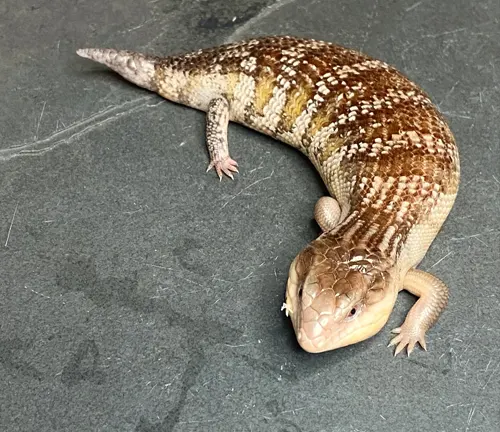
Frequently Asked Questions (FAQs)
- Can I keep a Blue-tongue Lizard as a pet?
Absolutely! Blue-tongue Lizards are popular as pets, known for their docile nature and unique characteristics. However, it’s essential to understand their specific care requirements. - What do Blue-tongue Lizards eat?
Blue-tongue Lizards are omnivores. Their diet includes a variety of foods such as insects, fruits, flowers, and small animals. - How big do Blue-tongue Lizards get?
The size of Blue-tongue Lizards varies between species, but they typically range from 30 to 60 centimeters in length. - Are Blue-tongue Lizards dangerous?
Generally, Blue-tongue Lizards are not dangerous to humans. They may display defensive behaviors, but their bite is non-venomous and rarely poses a threat. - Do Blue-tongue Lizards make good pets for beginners?
Yes, they are considered suitable for beginners in reptile keeping due to their calm temperament. However, it’s crucial to research and provide proper care. - Are Blue-tongue Lizards endangered?
The conservation status varies by species. While some are of least concern, others face threats, emphasizing the importance of conservation efforts. - How long do Blue-tongue Lizards live?
On average, Blue-tongue Lizards can live up to 20 years in captivity with proper care. - Can I find Blue-tongue Lizards in the wild?
Yes, Blue-tongue Lizards are found in various habitats, including grasslands, woodlands, and deserts. Observing them in the wild requires a keen eye and respect for their natural behavior. - What should I do if I encounter a Blue-tongue Lizard in the wild?
It’s best to admire them from a distance and avoid disturbing their natural behavior. They play a crucial role in the ecosystem, contributing to pest control. - Are Blue-tongue Lizards good for pest control?
Yes, Blue-tongue Lizards are effective in pest control as their diet includes insects and small animals.






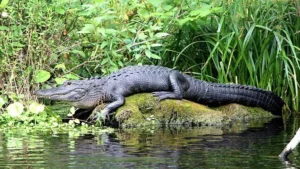
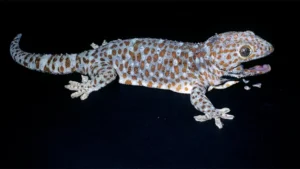

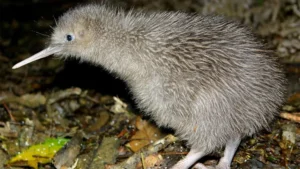
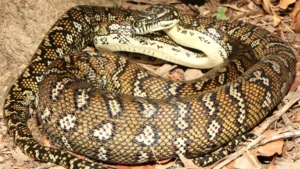
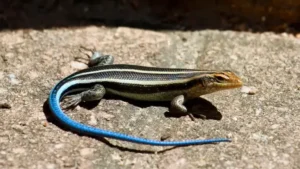


Leave your comment